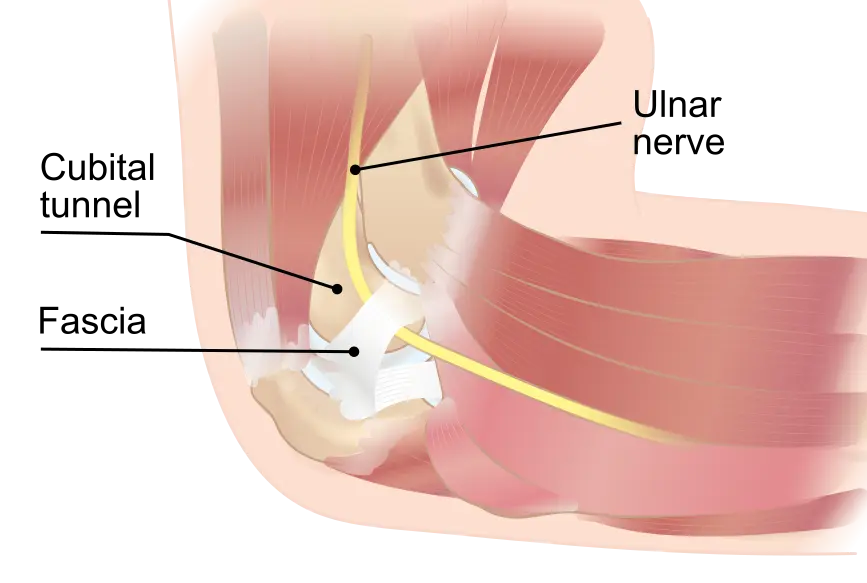Femoral neuropathy is a condition characterized by damage to the femoral nerve, which can result in weakness or paralysis of the thigh muscles, numbness or tingling in the thigh, and difficulty walking or standing. Diagnosing femoral neuropathy and determining its severity is crucial for developing an effective treatment plan. Electromyography (EMG) and nerve conduction studies (NCS) are valuable diagnostic tools that play a significant role in the assessment of femoral neuropathy.
What is EMG/NCS?
EMG and NCS are specialized tests used to evaluate the electrical activity of muscles and nerves, respectively. These tests are often performed together to provide comprehensive information about the function and integrity of the peripheral nervous system.
During an EMG, a small, thin needle electrode is inserted into specific muscles to measure their electrical activity at rest and during contraction. Abnormalities in muscle electrical activity, such as fibrillation potentials or positive sharp waves, can indicate muscle denervation or injury.
NCS, on the other hand, involves stimulating nerves with small electrical impulses and recording the time it takes for the impulse to travel along the nerve pathway. By measuring the speed and amplitude of the nerve signal, NCS can detect abnormalities such as nerve compression, demyelination, or axonal damage.
Diagnosing Femoral Neuropathy with EMG/NCS
When a patient presents with symptoms suggestive of femoral neuropathy, such as thigh weakness or sensory disturbances, EMG/NCS can help confirm the diagnosis and identify the underlying cause. During the examination, the electromyographer evaluates the electrical activity of the muscles innervated by the femoral nerve and assesses for signs of denervation or injury.
In femoral neuropathy, EMG may reveal abnormalities such as reduced recruitment of motor units, increased insertional activity, and spontaneous fibrillation potentials or positive sharp waves in the affected thigh muscles. These findings indicate damage to the motor neurons supplying the thigh muscles, which is characteristic of femoral neuropathy.
NCS can further aid in the diagnosis by assessing the integrity of the femoral nerve itself. By measuring the conduction velocity and amplitude of the nerve signal, NCS can detect abnormalities such as nerve compression or demyelination. In femoral neuropathy, NCS may show reduced conduction velocity or decreased compound muscle action potential (CMAP) amplitude, indicating impairment of nerve function.
Assessing Severity of Femoral Neuropathy
Once femoral neuropathy is diagnosed, determining its severity is essential for guiding treatment decisions and predicting prognosis. EMG/NCS can provide valuable information about the extent and progression of nerve damage in femoral neuropathy.
In mild cases of femoral neuropathy, EMG/NCS may reveal subtle abnormalities, such as mild denervation changes or slight reductions in nerve conduction velocity. These findings suggest early or localized nerve injury and may indicate a better prognosis with appropriate treatment and management.
In moderate to severe cases, EMG/NCS findings may be more pronounced, with widespread denervation of thigh muscles and significant impairments in nerve conduction velocity and CMAP amplitude. These findings suggest more extensive nerve damage and may indicate a poorer prognosis.
Conclusion
EMG/NCS are valuable diagnostic tools for evaluating femoral neuropathy and assessing its severity. By providing detailed information about muscle and nerve function, these tests enable clinicians to confirm the diagnosis, identify the underlying cause, and tailor treatment plans to individual patients’ needs. Early diagnosis and appropriate management are essential for optimizing outcomes and improving quality of life for patients with femoral neuropathy.





